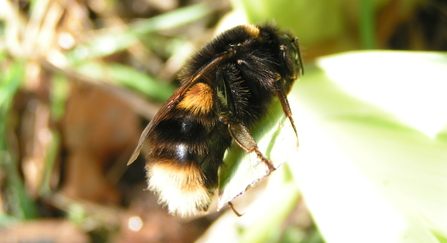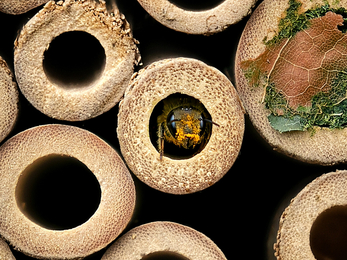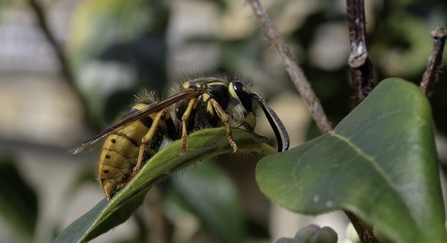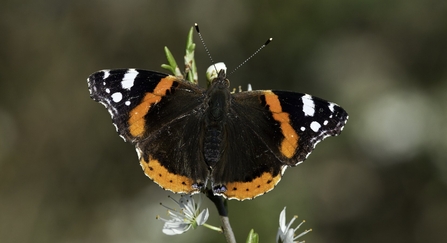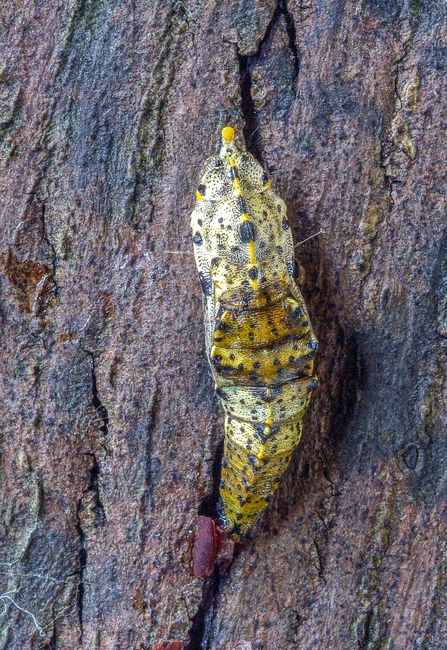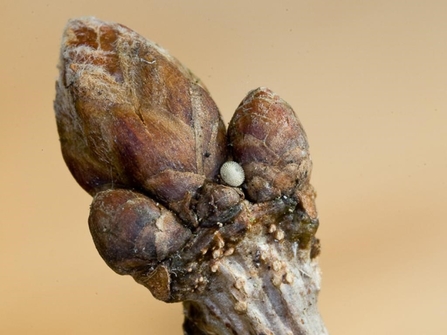Unlike honey bees, most bees and wasps perish before the winter sets in – the only survivors are young, mated queens.
Bumblebees spend the winter in a dormant state, having gorged on nectar and pollen to build up fat reserves and retired alone to an underground nest below the reach of frost. In the spring the young queen lays her first eggs which will all hatch female workers to rebuild the colony.


